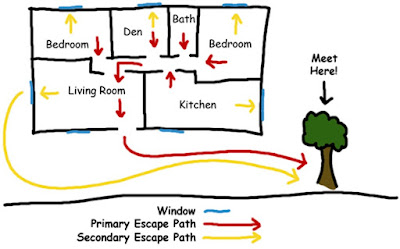An ode to the Photoelectric Smoke Alarm

We recently helped a customer resolve an issue with her old smoke alarms. What we weren't expecting was this amazing poem she sent to us as a token of gratitude. Thank you Jenny, what an incredible talent - we love it! An ode to the Photoelectric Smoke Alarm In the land of Australia, where dangers roam, Photoelectric smoke alarms find their home, With advanced technology, they stand tall, Guarding our lives, protecting us all. In their sensors lies a vigilant eye, Detecting smoke particles floating by, Sensitive to smoldering fires they detect, Acting swiftly, their purpose to protect. In the rugged Outback and urban domains, Photoelectric detectors shield us from flames, Their beams of light, a watchful embrace, Ready to react, ensuring our safe space. In the face of smoky whispers and haze, These alarms pierce through, cutting through the maze, Their accuracy shines like the Southern Cross, Alerting us swiftly, no time for loss. Australia's skies may challenge and deceive, ...

